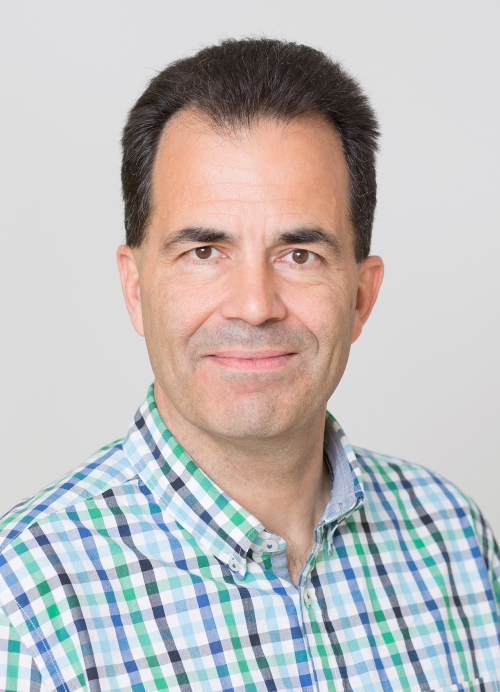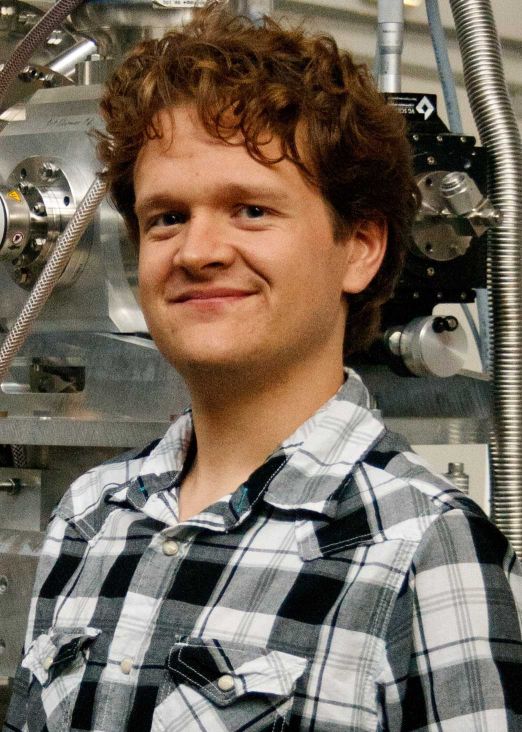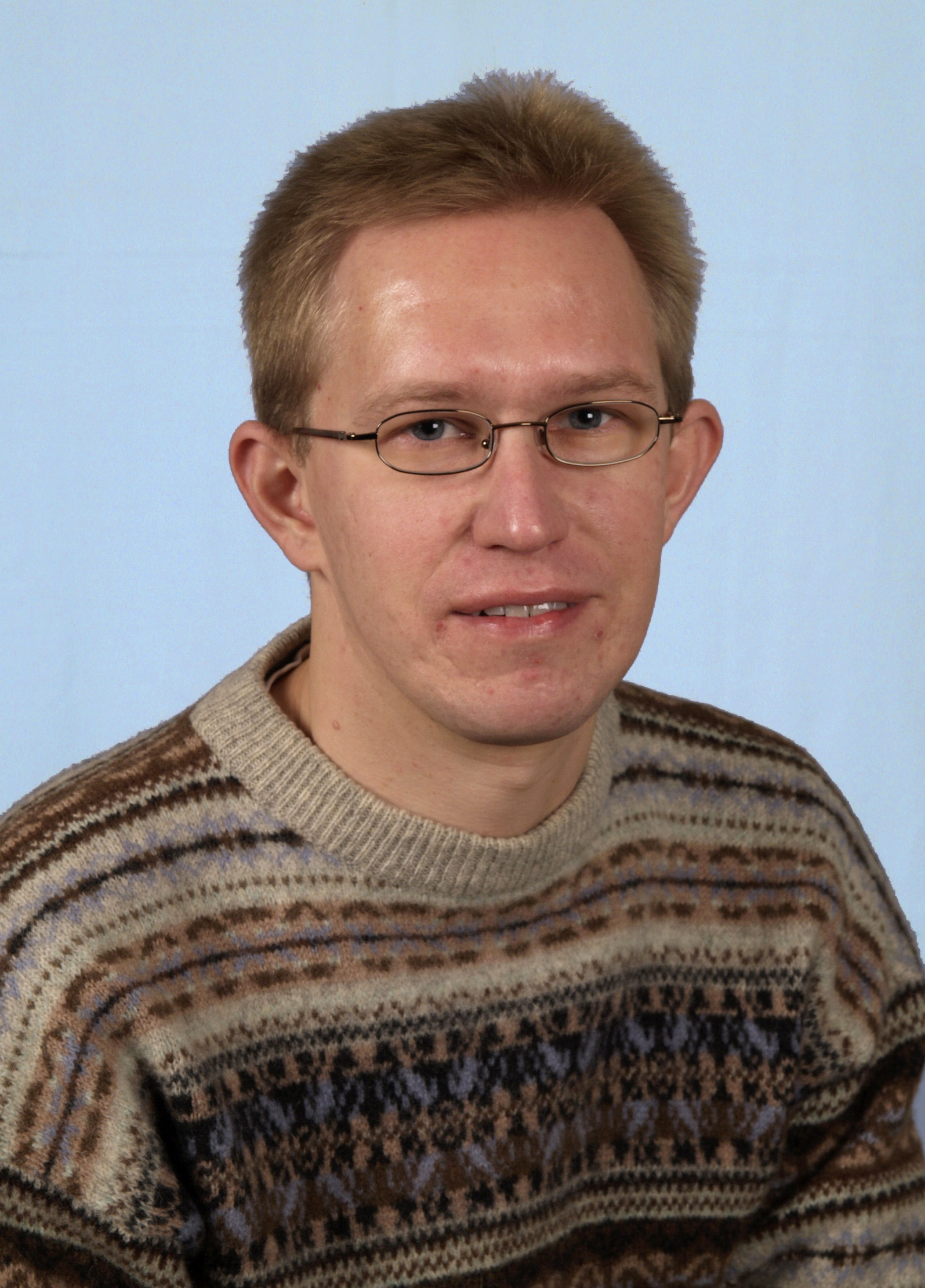The FLASH facility has two undulator lines, FLASH1 and FLASH2, which provide FEL beam to users simultaneously with largely independent photon beam parameters. In their respective experimental halls, a photon beam transport system delivers the FEL pulses to one of the experimental stations at a time by switching between photon beamlines using a set of plane mirrors. In order to use each FEL beam most efficiently, several experiments are set up at the same time at different endstations. Usually, one experiment is online for a few days up to one week and then the beam is switched to another station.
The photon beam parameters of the FEL pulses vary due to the stochastic nature of the SASE process. A suite of photon diagnostics is available to determine the pulse parameters on a shot-to-shot basis.
FLASH1 provides four experimental stations in the FLASH experimental hall 'Albert Einstein', in building 28c. The direct “non-monochromatized” beam is delivered to the beamlines FL12 (former BL1) and BL3 (soon to be replaced by the new FL11) [The former Beamline BL2 has been decommissioned in autumn 2020]. FL12 offers the permanent end station CAMP. A THz beamline can be combined with FL11 and supplies synchronized pulses from the THz to infrared spectral range. The beamlines FL15 (former PG1) and FL14 (former PG2) are equipped with a high-resolution monochromator selecting a narrow spectrum of the FEL pulse. FL15 has a permanent user endstation featuring a XUV Raman spectrometer for time-resolved RIXS experiments.
FLASH2 will offer up to six experimental stations in the FLASH experimental hall 'Kai Siegbahn', in building 28k. Since spring 2016, the beamlines FL24 and FL26 are available for users. At FL26 the permanent end station REMI, a reaction microscope from the MPIK Heidelberg, is set up. The new pulse-length preserving monochromator beamline FL23 saw first light at the beginning of 2023 and has then been commissioned. A first FLASH in-house user experiment on single-shot ptychography has been successfully conducted end of 2023 and three more user experiments in the first half of 2024. In addition to the user beamlines FLASH2 has three beamlines dedicated to FEL diagnostics. The open port beamline FL21 (hosting the THz streaking pulse duration diagnostics till 2024) is used for inhouse testing of new photon diagnostics components. FL22 is equipped with a grating spectrometer and FL28 is currently set up as new pulse duration diagnostic endstation for few fs pulses.
The beamlines are complemented by a suite of faciity-operated endstation instruments tailored to cover a broad range of user experiments.
Optical laser systems, synchronized to the FEL, are routinely provided for pump−probe experiments at all beamlines. For FEL pump−FEL probe experiments we also have split&delay units at most of our beamlines.
CONTACTS FOR BEAMLINES
|
|||||||
|
|||||||
|
|||||||
|
|||||||
|
|||||||
|
|||||||
|
|||||||
|
|
|||||||

Ulrike
Frühling
Contact for Beamline FL26
|












